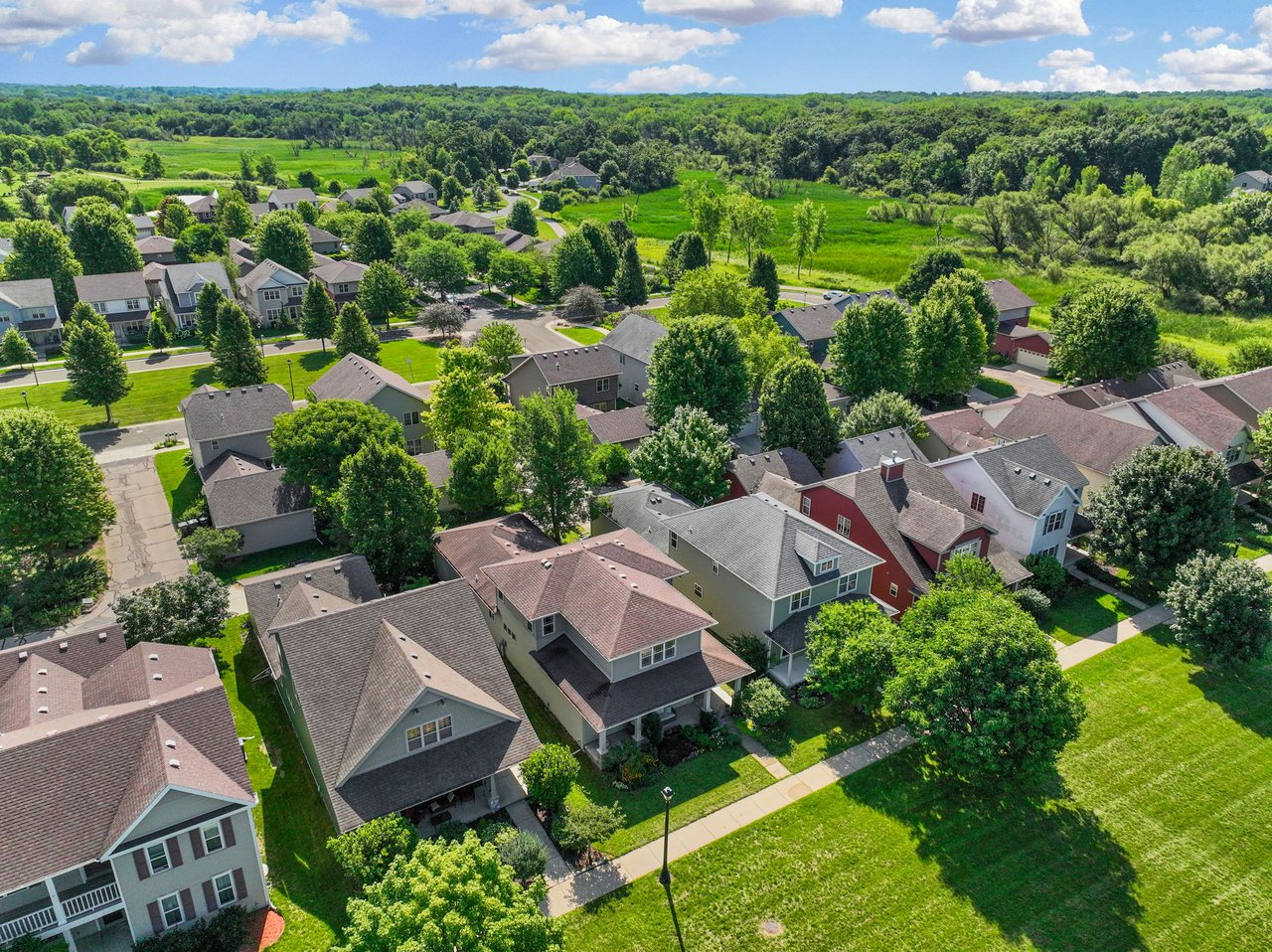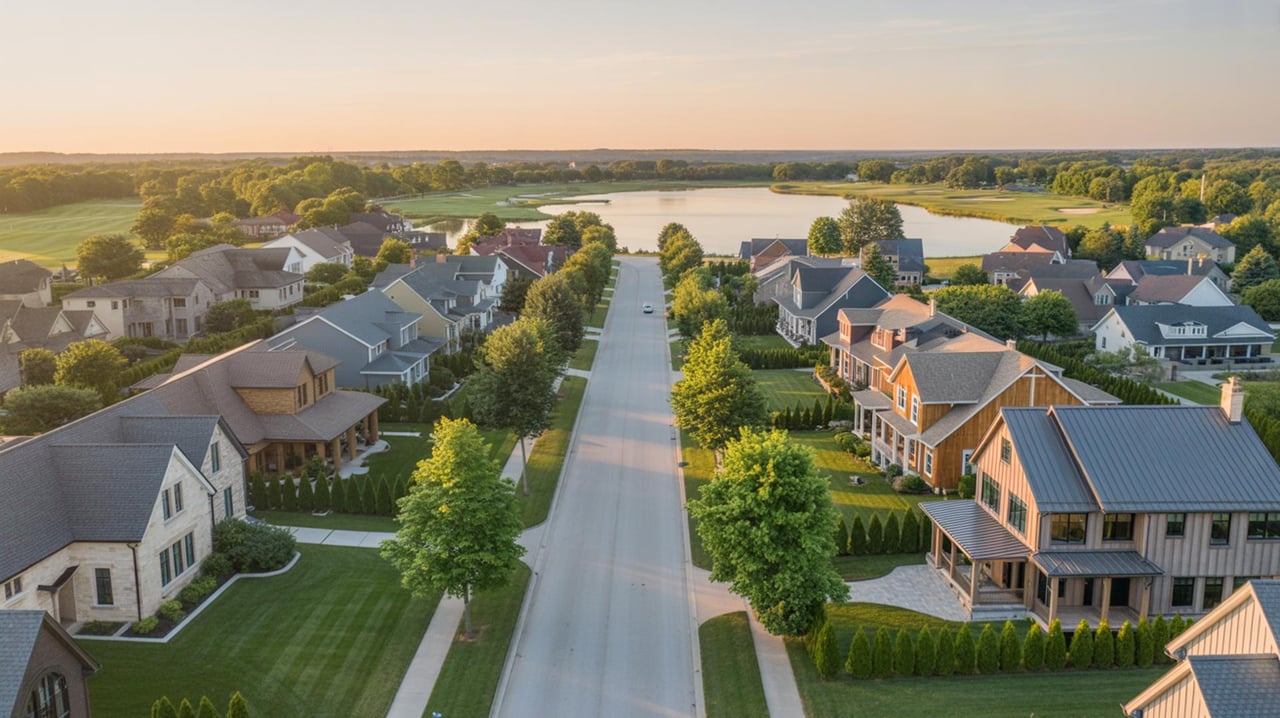With economic uncertainty looming, homeowners — and would-be homeowners — should consider shopping around for a new homeowners insurance policy. Rather than paying fees you consider too high or opting for generic low-cost solutions, it’s usually worth taking the time and effort to seek out budget-friendly options that also offer terrific coverage plans and strong records on claims service.
Homeowners coverage provides financial protection against loss due to disasters, theft and accidents. According to the Insurance Information Institute — and very generally speaking — most standard policies include four essential types of coverage:
1. Coverage for the structure: This incudes payment to repair or rebuild your home if it is damaged or destroyed by fire, hurricane, hail, lightning or other natural disasters listed in the policy (but not flood, earthquake or regular wear and tear). Most policies typically cover detached structures, too — a garage or gazebo, for example — for about 10% of the amount of insurance you have on the structure of the house.
2. Coverage for personal belongings: This includes furniture, clothes, sports equipment and other personal items if they are stolen or destroyed by fire, hurricane or other insured disasters. Coverage is typically for 50% to 70% of the insurance you have on the structure of the house.
3. Liability protection: This covers you against lawsuits for bodily injury or property damage caused by you, your family members and even your pets. The Insurance Information Institute gives an example of a son, daughter or dog accidentally ruining a neighbor’s expensive rug. Liability protection will cover you on that — but not if your own rug is destroyed. Liability limits generally start at around $100,000.
4. Coverage for additional living expenses: This covers the additional costs associated with living away from your home if it is uninhabitable due to damage from an insured disaster. It includes hotel bills, restaurant meals and other costs over and above usual living expenses that are incurred while your home is being repaired or rebuilt.
But how do you find the right insurance provider?
First, decide how much coverage you need. According to the popular financial guidance website NerdWallet.com, the minimum amount of coverage to seek should be enough to completely rebuild your home — an amount that will be reflected by the home’s size, its features and local building costs. One easy way to do this, as noted in a guide by U.S. News & World Report, is by multiplying your home’s total square footage by the per-square-foot building cost in your area. Then add in the cost of rebuilding standalone structures, including fences.
A comprehensive list of your belongings will help determine if you need additional coverage. And bolstering that list with photos is critical, too — and will make things easier when you file a replacement claim.
Then think about add-on coverage for such high-value items like jewelry and electronics. One of my friends even has a policy to cover his massive CD collection. Flood insurance, which is something worth considering in Wisconsin, must be purchased separately through the National Flood Insurance Program.
The next step is to shop around, collecting quotes from multiple companies. According to U.S. News & World Report, “the easiest way to obtain a quote is through online tools or calling a company directly. You also can work with an independent insurance agent to get quotes on your behalf.” NerdWallet.com recommends contacting at least three companies, and so do I. The more quotes you gather, the more likely you will find an insurer that offers the best fit.
During this process, you will need to provide a slew of information — including your insurance history, the year your home was built, the type of construction, any recent home renovation projects, any security features, whether you have a home office and other details.
When you receive a quote, pay attention to what each company covers and does not cover, as well as deductibles. While a high deductible means a lower premium, it also means you will pay more money out of pocket when you file a claim. Also keep in mind that you can maintain lower premiums by maintaining your home and making security updates.“The best homeowners insurance companies have competitive rates and discounts, a solid financial strength rating, great reviews and supportive customer service,” U.S. News & World Report notes. “Credit rating agencies like AM Best provide rating categories from A+ to D- to determine the financial strength of an insurance company and show an insurer’s creditworthiness and ability to meet its ongoing insurance policy and contract obligations. Choosing an insurance company with a high financial strength rating is essential for peace of mind, as this indicates the company will stay in business and can pay claims if needed.”
Once you decide on a provider, make sure you understand all aspects of your policy before signing on the dotted line. Ideally, you won’t need to file a homeowners insurance claim. But if you ever do, it’s good to know you’re covered by a company that also has your back.
As always, if you need assistance with homeowners insurance, I’m here to point you in the right direction.




